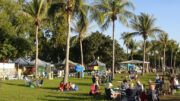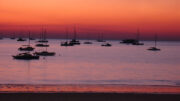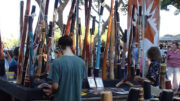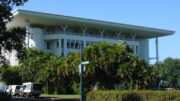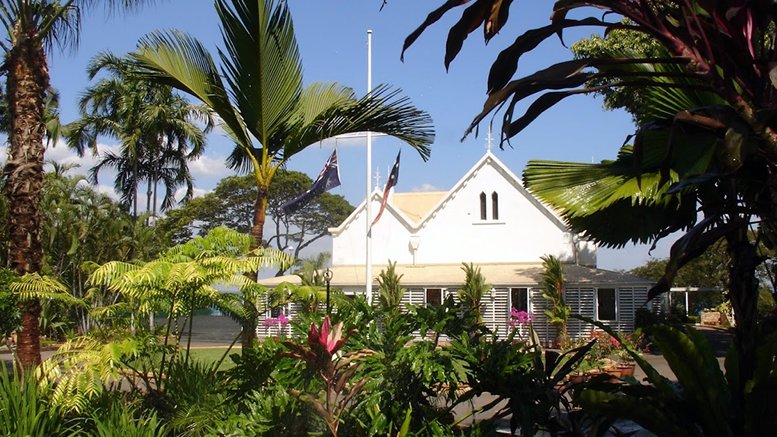
Darwin’s harbour was first discovered in 1839 and named Port Darwin after Charles Darwin, Later in 1845 the explorer Leichardt became the first to reach Port Essington overland from Brisbane, prompting enthusiasm in settling the Top End. After several failed earlier attempts to establish a town in the top, the town then known as Palmerston and later known as Darwin was first settled in 1869.
The main reason for establishing Darwin was that the British at the time wanted to protect the area for themselves and didn’t want it taken over by anyone else. Establishing the town proved harder than anywhere else in Australia with monsoonal and humid weather to deal with, they also had angry native wildlife and aborigines who also resisted the invasion of their lands.
Although things were rough at the start, Darwin’s growth accelerated quickly when gold was discovered 200klm south at Pine Creek in the 1880s. After the gold rush the town’s development plateaued bur was officially named Darwin in 1911, Darwin rose in importance during WW2 when Darwin become an important military base, eventually being bombed by the Japanese 63 times during 1942 and 1943 in a campaign that was larger than the attacks on Pearl Harbour. It is the only major attack to an Australian city by a foreign power.
Darwin hit the international spotlight again in 1974 when on Christmas morning Cyclone Tracy flattened the town, killing 71 people. The town has since been rebuilt, stronger than ever, and has experienced good growth with a healthy tourism industry. Much of the former dock area next to Darwin’s CBD is currently under redevelopment to create a huge entertainment area, while investment in the CBD has proven strong in recent years with the local government’s relaxing of building height restrictions.

